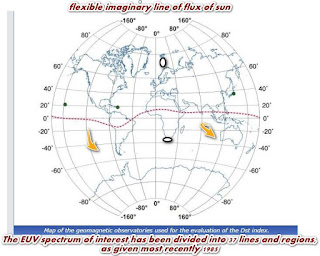Total solar eclipse 2020 On December 14

Total solar eclipse 2020 On December 14, celestial movement once again unfolds as the Sun and Moon line up with Earth to produce the greatest of nature’s spectacles: a total solar eclipse. The 2020 total solar eclipse path of totality crosses great lakes, hot springs, and an active volcano. On December 14, 2020, the path of totality will stretch across the Chilean Lake District and Argentina’s northern Patagonia region. It will begin at 1 p.m. local time on the west coast of Chile and end at 1:24 p.m. local time on the east coast of Argentina. The maximum eclipse will occur south of Neuquén, near Sierra Colorada, and last 130 seconds.

